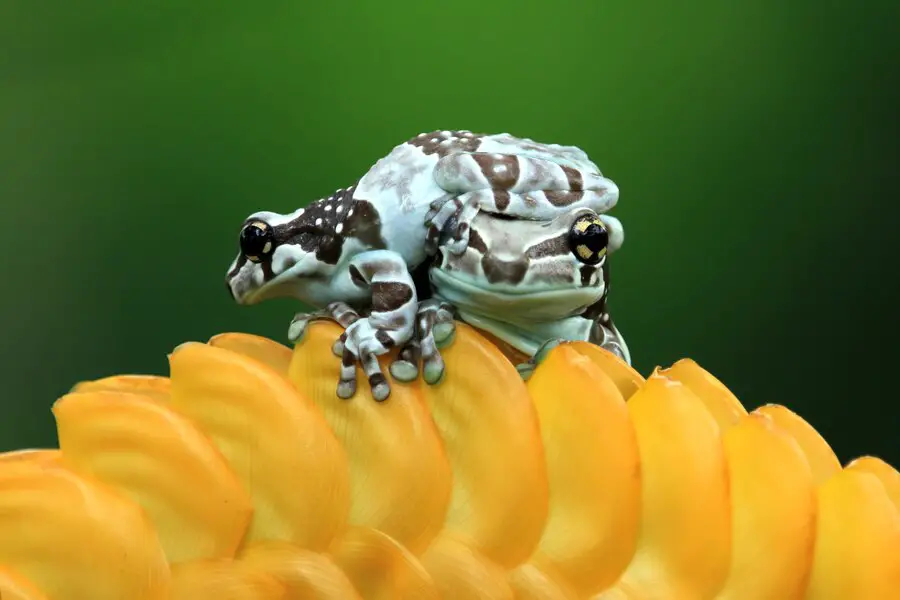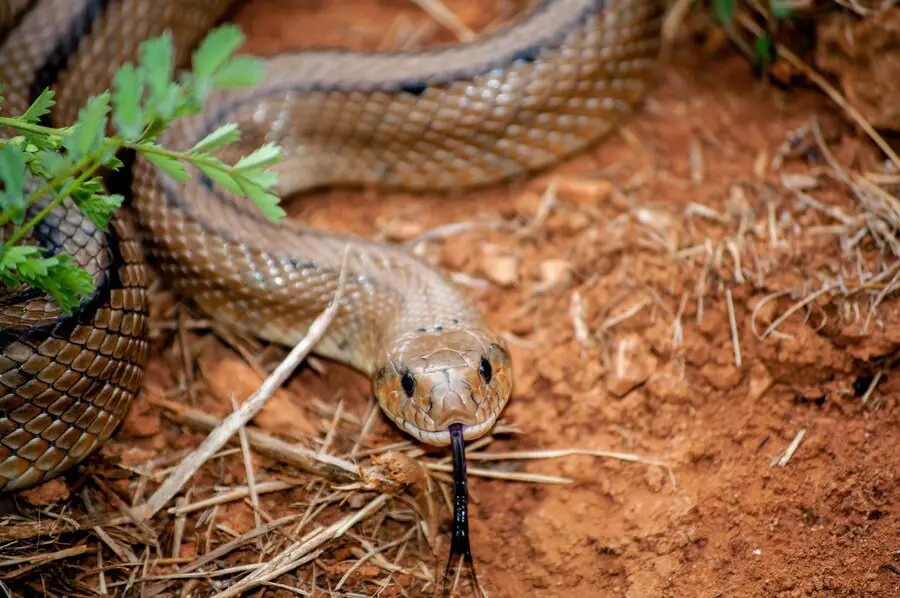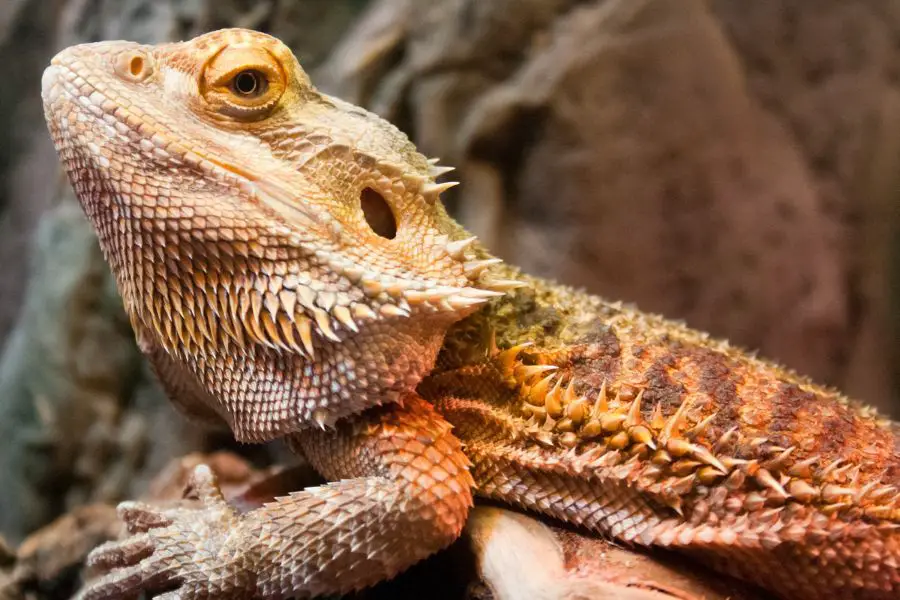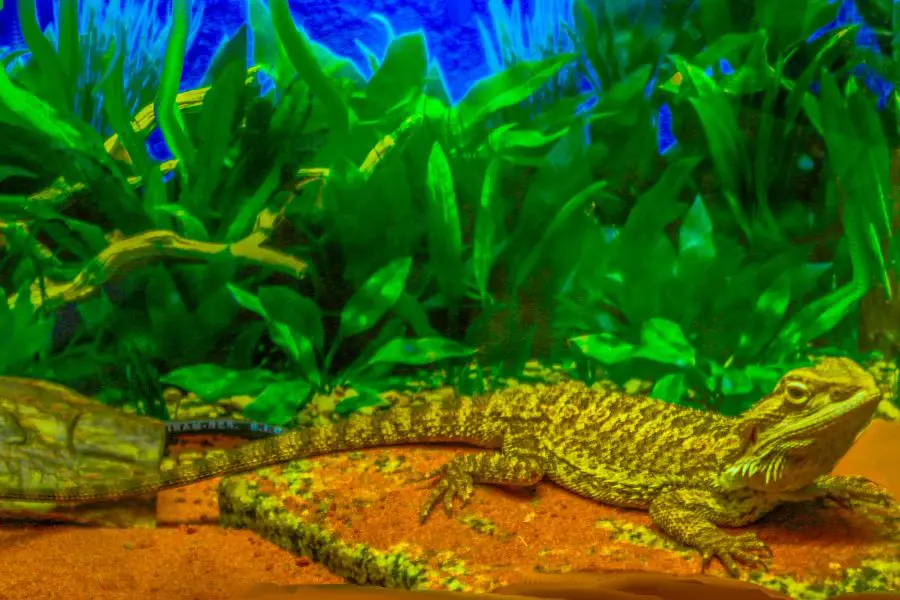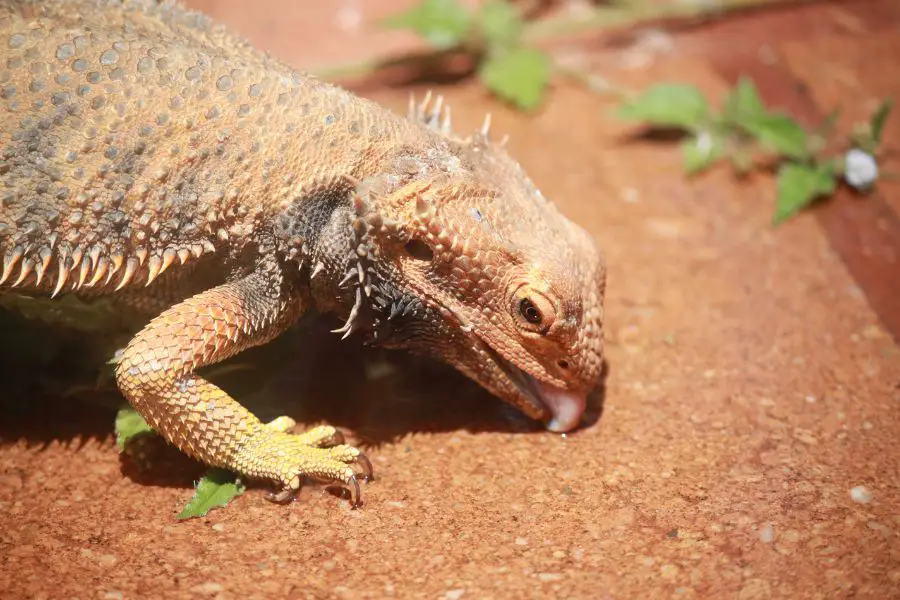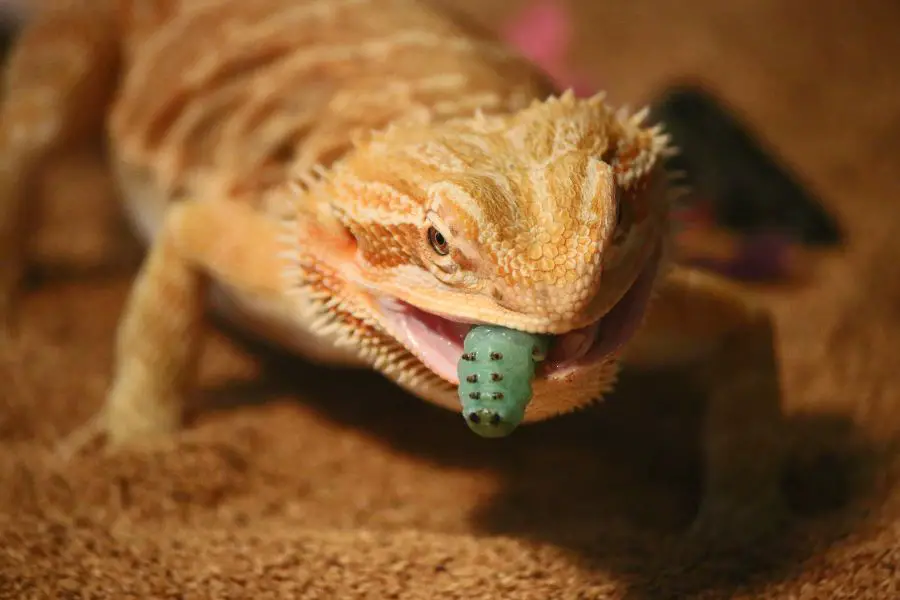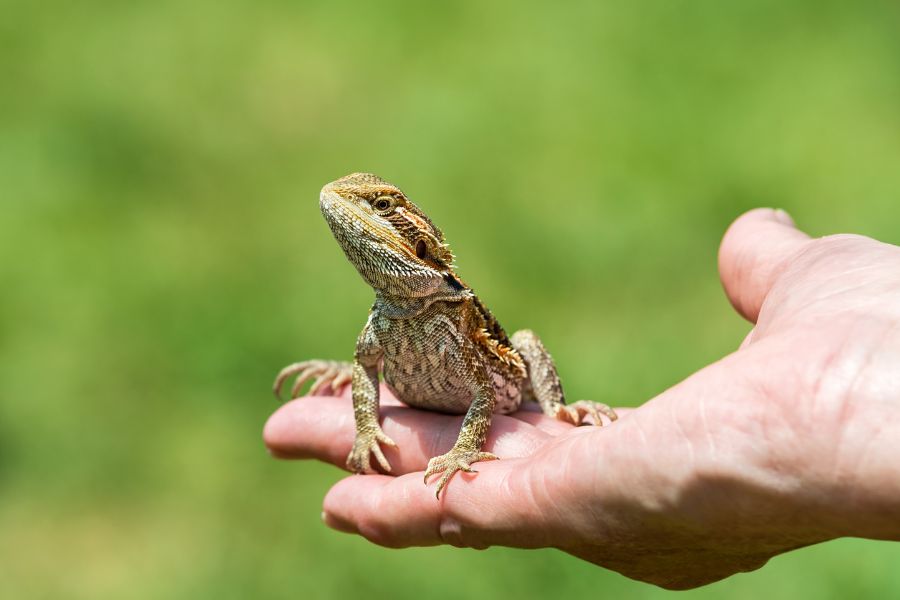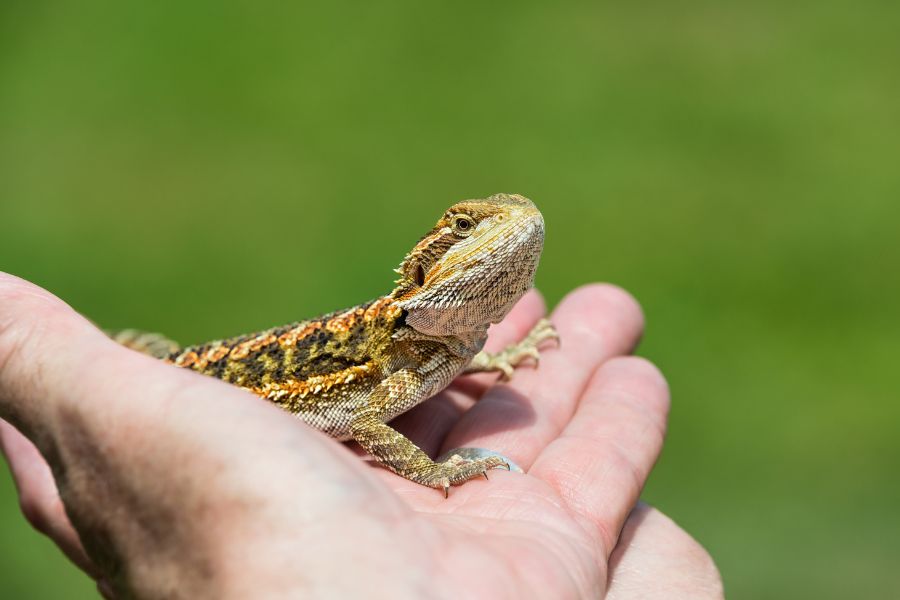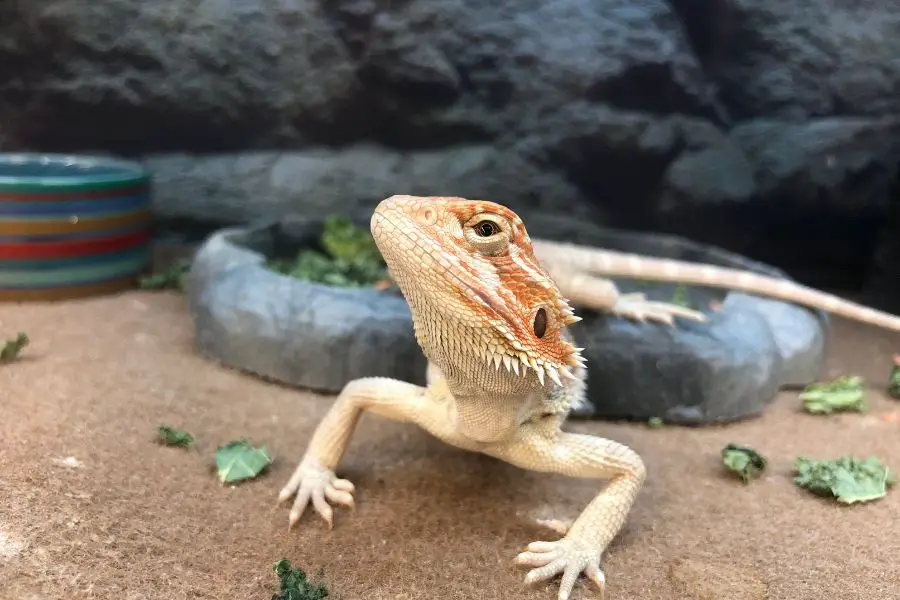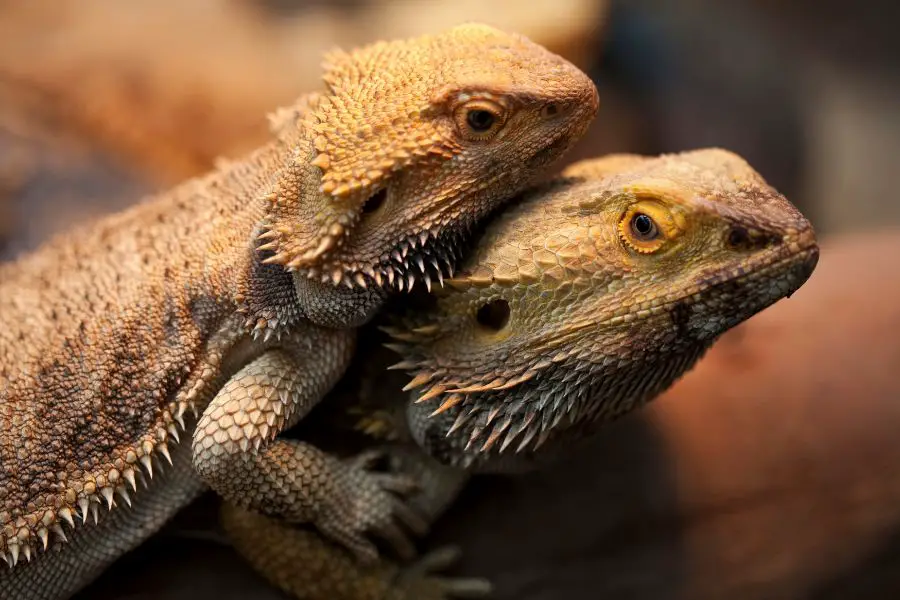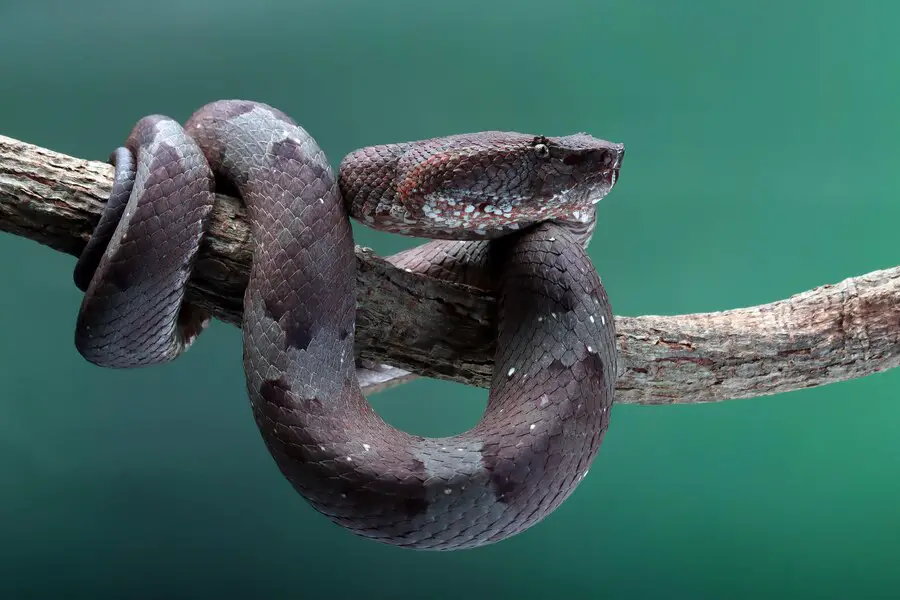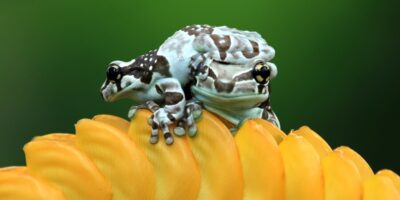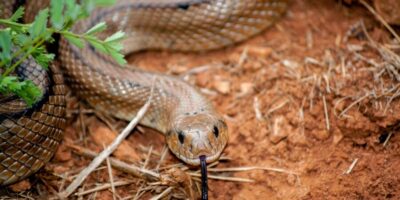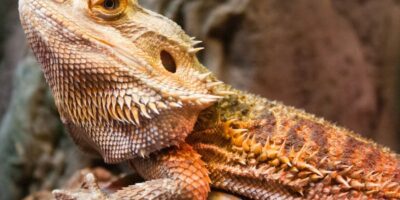Brumation, a term familiar to reptile enthusiasts, refers to a state of slowed metabolism and reduced activity, akin to hibernation. As we delve into the intricate world of ball pythons and their brumation practices, this blog aims to demystify the concept. By exploring the definition of brumation, providing an overview of how it manifests in ball pythons, and emphasising the significance of understanding this seasonal behaviour, we embark on a journey to unravel the mysteries of these fascinating reptilian companions.
Overview of Ball Pythons and Brumation
Ball pythons, scientifically known as Python regius, are captivating reptiles cherished for their docile nature and striking appearance. Originating from sub-Saharan Africa, these snakes exhibit unique behaviours, including brumation—a form of dormancy similar to hibernation. Unlike more dramatic hibernation in mammals, brumation in ball pythons involves a reduction in metabolic activity and decreased movement. This overview sets the stage for a deeper exploration of how these incredible creatures navigate the cyclical rhythms of brumation, shedding light on their fascinating biology and behaviour.
Brumation vs. Hibernation
Brumation, distinct from hibernation, is a reptilian state marked by reduced metabolic activity and altered behavior. While hibernation occurs during colder months, brumation is less predictable and varies among reptile species. For ball pythons, this period serves essential biological functions. Significantly, brumation allows reptiles to conserve energy, regulate physiological processes, and synchronise their reproductive cycles. Understanding the nuances of brumation is integral to appreciating the adaptive strategies reptiles employ to thrive in their environments.
Natural Behaviours
In their native sub-Saharan Africa, ball pythons exhibit distinct natural behaviours crucial for their survival. These nocturnal hunters navigate the savannas and grasslands, relying on a combination of stealth and heat-sensing abilities to locate prey. Ball pythons are skilled at adapting to their surroundings, seeking refuge in burrows or termite mounds during extreme temperatures. Understanding their wild behaviours provides valuable insights into their needs and instincts, forming the foundation for responsible care in captivity.
Brumation in Ball Pythons
Brumation in ball pythons involves responding to seasonal changes and triggers that signify a shift in their environment. Typically triggered by a decrease in temperature and daylight hours, this period initiates a slowing of metabolic processes. The duration and frequency of brumation vary, influenced by factors like geographical location and individual reptile characteristics. Understanding these cyclical patterns is crucial for providing optimal care and respecting the natural instincts of ball pythons in captivity.
Biological and Physiological Aspects
The biological and physiological aspects of brumation in ball pythons are intriguing and intricate. During this period, their metabolism slows down, leading to a reduction in energy expenditure. Physiological changes include a decreased heart rate and respiratory rate. This adaptive state allows ball pythons to conserve energy in response to environmental cues. Exploring these biological and physiological intricacies enhances our appreciation for the resilience and adaptability of these reptiles in the face of seasonal challenges.
Environmental Conditions for Brumation
As ball pythons enter brumation, noticeable changes in activity and metabolism occur. Their reduced movement and slowed metabolism are responses to environmental cues like temperature and daylight shifts. Creating suitable conditions for brumation involves adjusting enclosure temperatures and providing a dark, quiet environment. Ensuring proper humidity levels is crucial, mimicking the conditions of their natural habitat. Preparing enclosures with these considerations allows ball pythons to enter brumation comfortably, supporting their well-being during this essential seasonal phase.
Variability in Brumation Patterns
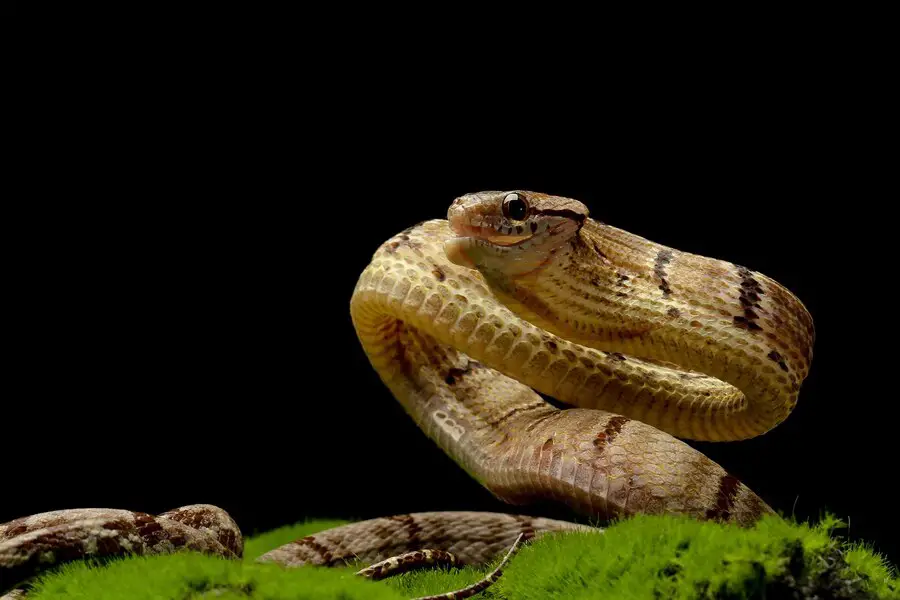
Variability in Brumation Patterns
Not all ball pythons brumate, showcasing variability in their seasonal patterns. Factors like age, health, and individual disposition contribute to this diversity. While brumation is a common behaviour, instances exist where certain ball pythons may not undergo this dormant phase. Understanding the variability in brumation patterns highlights the importance of recognising and respecting the unique needs of each snake in captivity.
Factors Influencing Brumation Behaviour
Various factors influence the breeding behaviour of ball pythons. Geographical location, seasonal changes, and temperature fluctuations play pivotal roles. Individual snake characteristics, including age and overall health, also impact brumation patterns. Additionally, factors like diet and reproductive status can influence the decision to enter brumation. Recognising these elements is essential for reptile enthusiasts and caretakers to provide optimal conditions that align with the natural behaviours and needs of ball pythons.
Health Considerations During Brumation
Vigilant health considerations are crucial when ball pythons enter breeding. Monitoring weight and body condition is essential to ensuring they maintain a healthy state throughout this dormant period. Potential health issues, such as respiratory infections or dehydration, may arise. Addressing these concerns promptly involves adjusting environmental conditions, providing necessary hydration, and consulting with a veterinarian. Prioritising the well-being of ball pythons during brumation contributes to their overall health and successful transition back to activity.
Hydration and Humidity levels
Maintaining proper hydration and humidity levels is paramount for the well-being of ball pythons, especially during breeding. While reduced activity and metabolic processes characterise this period, ensuring adequate hydration prevents dehydration. Monitoring humidity levels in their enclosure is essential, as ball pythons may be less inclined to drink water during brumation. Striking a balance between maintaining a suitable humidity environment and providing access to water safeguards the health of these reptiles.
Replicating Natural Conditions
Brumation in captive settings requires meticulous care to replicate natural conditions. Adjusting temperature and lighting to mimic seasonal changes is essential for a successful brunch experience. Observing behavioural changes, such as reduced activity, helps ensure that ball pythons are adapting comfortably. Creating a safe and stress-free environment during bruising involves providing secure hiding places and minimising disturbances. By fostering conditions akin to their natural habitat, we prioritise the well-being of captive ball pythons during this crucial phase.
Observing Behavioural Changes
Observing behavioural changes is vital when caring for ball pythons, especially during significant phases like brumation. As these reptiles enter a state of reduced activity, it’s essential to note alterations in their behavior. This may include decreased movement, changes in feeding patterns, and increased time spent in hiding. Understanding and documenting these shifts enables caretakers to respond appropriately, ensuring the well-being of ball pythons during various physiological states, including brumation.
Common Myths
Dispelling common myths about brumation is crucial for fostering accurate understanding. Addressing misconceptions, such as the belief that all ball pythons must undergo brumation, allows for informed decision-making by reptile enthusiasts. Providing accurate information about the variability in breeding patterns, individual preferences, and the adaptability of ball pythons challenges unfounded fears. By dispelling myths and promoting accurate knowledge, we empower caretakers to make informed choices and cultivate a more harmonious environment for their reptilian companions.
Dispelling Fears And Concerns
Dispelling fears and concerns surrounding brumation in ball pythons is essential for responsible reptile ownership. Misunderstandings and myths can create unnecessary anxiety among caretakers. By providing accurate information and highlighting the natural adaptability of these reptiles, we aim to alleviate worries and instill confidence. Understanding that brumation is a natural and cyclical behaviour, not necessarily indicative of health issues, encourages a positive and informed approach to caring for ball pythons during this specific phase of their annual cycle.
Conclusion
In conclusion, understanding brumation in ball pythons involves recognising key points: the variability in their behaviours, the importance of accurate information, and the significance of responsible care during brumation periods. Emphasising the natural behaviour of ball pythons enables caretakers to appreciate their resilience. By encouraging responsible care, we ensure the well-being of these remarkable reptiles. As we navigate the complexities of brumation, a harmonious and informed approach fosters a positive environment for both caretakers and their fascinating ball-python companions.
